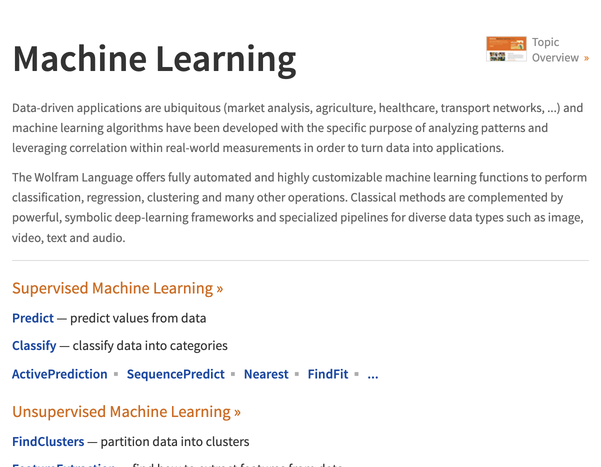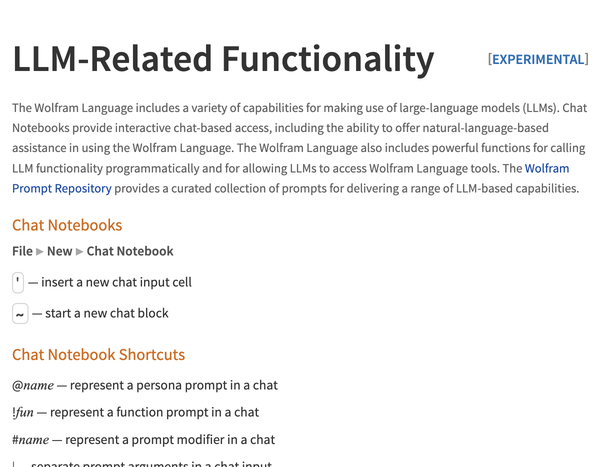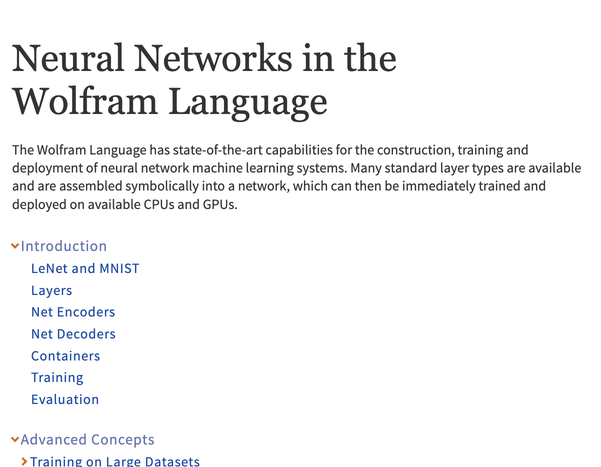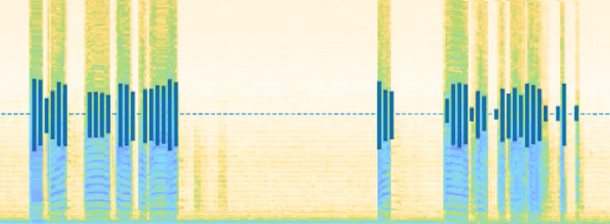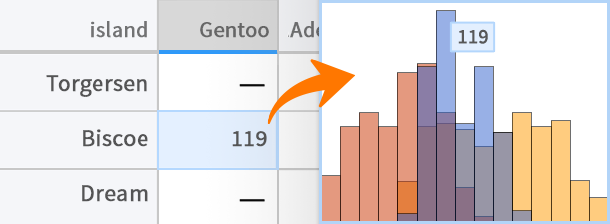WolframMachine LearningA Core Part of
Wolfram Language

Machine Learning, Neural Networks & LLMs.
Build production-grade intelligent systems with modern AI, deeply integrated with classic machine learning and statistical analysis, visualization, image processing and more.
LLM Integration
Programmatically access LLMs for content generation and prompt construction. Avoid hallucinations by allowing LLMs to access Wolfram Language tools for accurate computations and data. Streamline your workflow with the ability to connect to a variety of services like OpenAI and Anthropic.

Neural Networks
Use neural networks to tackle complex tasks with a simple yet powerful symbolic framework. Import pre-trained models, fine-tune them for new tasks or build and train deep networks from scratch. Supports custom architectures and transfer learning for faster model adaptation.

Supervised Learning
Classify any data with pre-trained or your own classifiers and predict values with regression analysis. Work with text, arrays, video or other data to identify human actions, forecast prices or predict crop yields. Let automation select the best method and model or customize with full control.
Unsupervised Learning
Reduce dimensionality while preserving complex data relationships. Use clustering methods such as k-means, spectral and hierarchical to classify data without prior knowledge. A variety of methods allows modeling both linear and nonlinear structures.
Handling Anomalies & Missing Data
Detect extreme, novel or unusual values in a dataset and fill in missing values automatically or using a given distribution. Reduce biases in model training, improve fault detection, monitor performance and enhance quality assessment.
Semantic Search
Efficiently search collections of documents, webpages, images or sounds by creating vector databases. Use results directly or for retrieval-augmented generation (RAG) to create dynamic prompts for LLMs.

Text AI & NLP
Summarize and generate text, find answers to questions in an article, tag every mention of a specific concept in a paper or analyze the syntactical structure of a sentence. Natural language processing is a key ingredient in fields like data mining, market research and customer support.

Image AI
Generate images from prompts, efficiently find and recognize text, faces and more in images and perform advanced segmentation, stylization and much more using LLMs, machine learning and neural network models. Computer vision solutions are used everywhere from driver assistance systems to automated quality control, security, medical and other applications.

Speech AI
Analyze and process speech signals to detect voiced intervals, perform speech recognition, identify speakers or change pitch. Generate speech from a text prompt in multiple languages. Use machine learning together with audio processing, statistical analysis and visualization to enable easy and highly efficient speech computation.

Wolfram Machine Learning Documentation
Wolfram Machine Learning is an integrated part of Wolfram Language. The full system contains over 6,000 built-in functions covering all areas of computation—all carefully integrated so they work perfectly together.
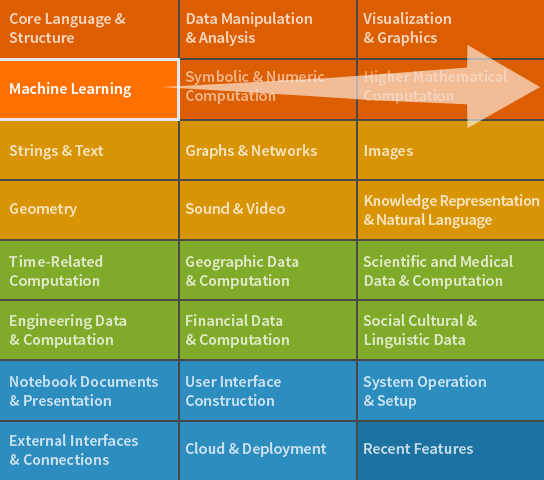
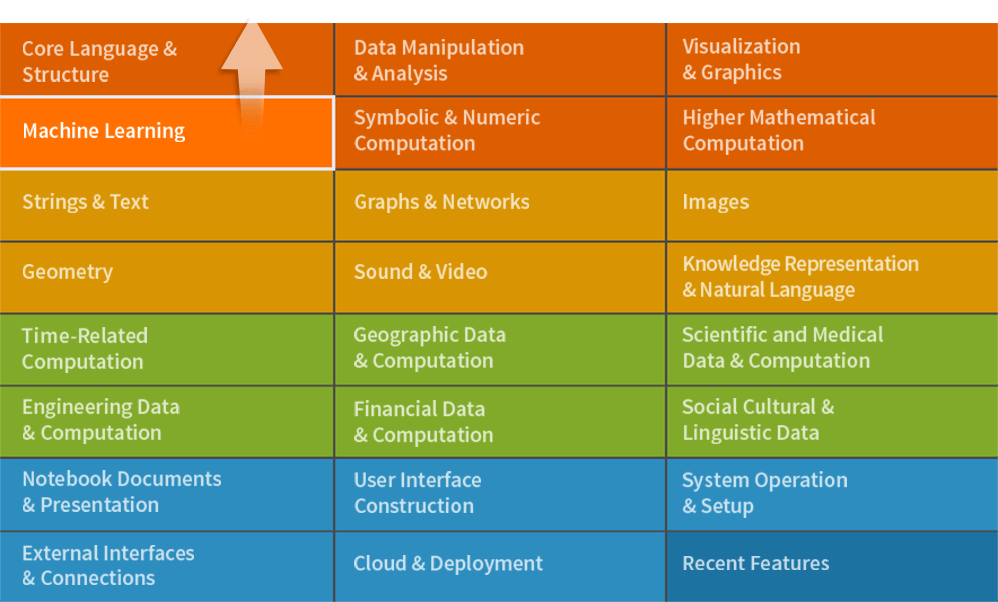
Full Scope & Documentation






